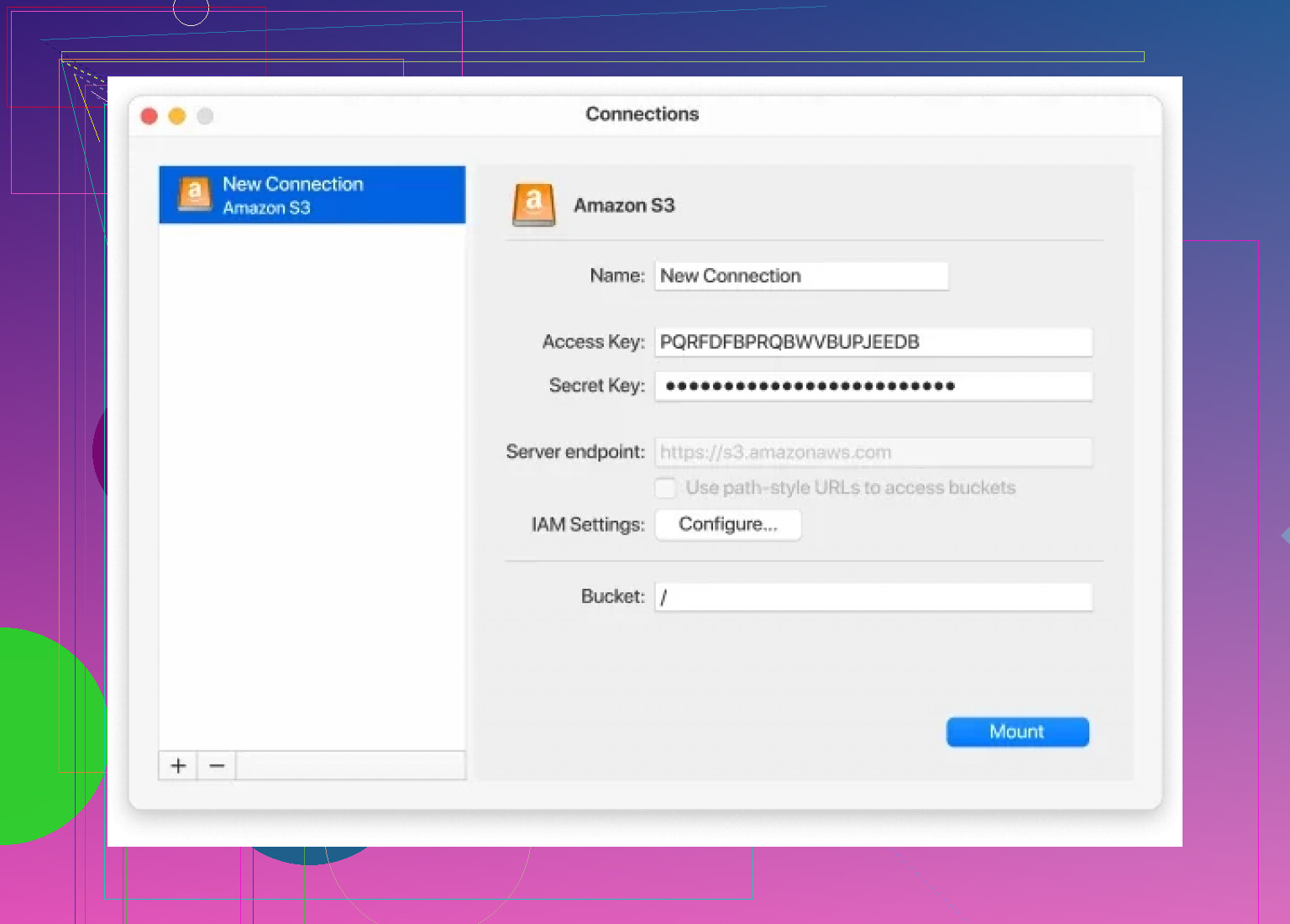Moving Data Between S3 Buckets (Across AWS Accounts): My Process
Alright, here’s my saga with wrestling Amazon S3 buckets, especially when you need to shuffle stuff between accounts. If you want the dry, official playbook, Amazon’s got you covered with a step-by-step walkthrough here: Tutorial: Transferring data between Amazon S3 buckets across AWS accounts - AWS DataSync. It’s not exactly bedtime reading, but it gets the job done if you’re the meticulous type.
Turning S3 Buckets Into Regular Folders (Desktop Style)
Okay, let’s be real—sometimes, these cloud dashboards are a pain. You click a hundred tabs, you wait for refreshes, and who has time for figuring out what policy is blocking your upload this time? This is where tools that let you mount S3 buckets like they’re just folders on your desktop come in handy. You literally open Finder (or Explorer, whatever your flavor is), and boom, there’s your S3 stuff chilling alongside Downloads and Documents.
I stumbled upon this neat little app called CloudMounter. You can pick just one S3 bucket, toss in a couple, or hook up to the whole AWS circus if that’s how you roll. Bonus points: it recognizes every AWS region you can think of, and it’ll treat your buckets the same way no matter where they live.
But here’s the kicker—CloudMounter doesn’t just speak S3. It speaks Google Drive, Dropbox, OneDrive, FTP, and a bunch of others. So if your digital life’s a mess scattered across platforms, this could be the consolidation move you didn’t know you needed. You essentially turn cloud chaos into something you can drag, drop, and copy like you were dealing with ordinary folders.
Uploads, Downloads, and That Shady Keypair Dance
Transferring files? Easy enough—drag to upload, drag out to download. Copy file links? Public or private URLs, one right-click. But don’t get too comfy. Don’t expect to log in with your email and password like you do with most apps. Nope. AWS wants you to wrangle an Access Key ID and Secret Access Key. So, you’ll be spending a hot minute in the AWS console creating users and permissions if you haven’t already.
It’s a bit of a backflip, and you’ll find the keypair dance isn’t skippable if you want to keep things secure. But once you’re through, honestly, this setup feels way more seamless than doing everything through the web. If you’ve ever tried “just a quick upload” through the native AWS UI, you know why this feels revolutionary.
Final Thoughts
Look, I wouldn’t say CloudMounter is the answer to every problem (nothing ever is), but if you’re managing buckets or juggling files across clouds constantly, giving this app a spin might save you some serious time (and sanity). Plus, poking around, you’ll probably find a couple other surprises in there you didn’t even know you wanted.
